Future Australian parliamentary visits to Taiwan should include government officials or even ministers, Australian Representative Barnaby Joyce said on Thursday after meeting with President Tsai Ing-wen (蔡英文).
Joyce, a former Australian deputy prime minister and former deputy chair of the Australian National Security Committee, was part of a delegation to Taiwan that also included Australian representatives Libby Coker and Meryl Swanson.
Joyce said he thought “it would be smart” to include government officials or ministers on such sensitive trips.
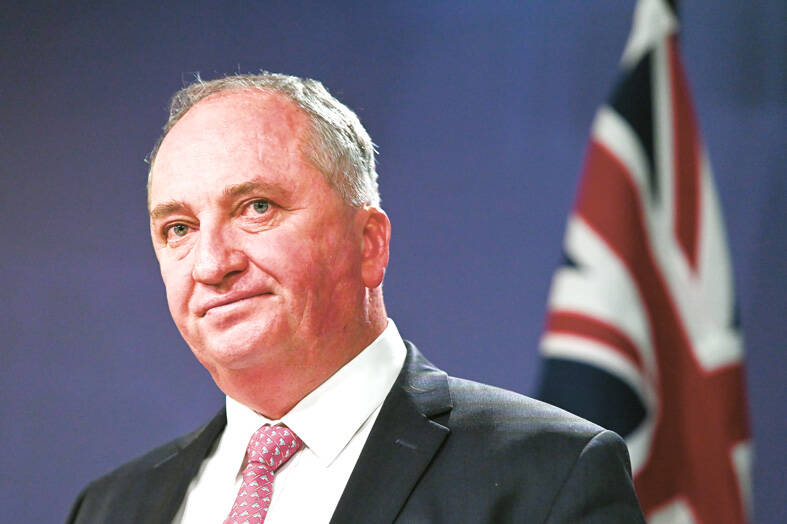
Photo: EPA-EFE
“When you’re more experienced, you know how to not go off script, but if you have delegations without government officials, they could, dangerously so,” he said.
However, he said that none of the members of his delegation went off script, adding that “you’d be hearing about it, wouldn’t you.”
The visit to Taiwan is the first by an Australian parliamentary delegation in almost three years, but one of many this year by foreign lawmakers, who have sought to show support to the nation in the face of Beijing’s military threats and harassment, economic coercion and cognitive warfare.
“The most important thing is that we’re there,” Joyce said.
Delegations from other countries have usually included news conferences, public events and presidential meetings which are livestreamed or open to the news media, but the Australian lawmakers have done none of this, which is widely understood as a sign that they are treading carefully, as Canberra simultaneously works to repair its relationship with Beijing.
Australian Prime Minister Anthony Albanese has played down the trip, saying it is simply a resumption of bipartisan trips by lawmakers that were suspended after 2019 because of the COVID-19 pandemic.
Joyce said there had not been any “direct request” to him from the prime minister’s office or the Australian Department of Foreign Affairs and Trade to operate with a lower profile.
“I’m a former deputy PM [prime minister] and deputy of the national security committee, so it wasn’t totally silent. That in itself has attracted the ire of mainland China,” he said, in reference to recent Chinese state media denouncements and comments by the Chinese Ministry of Foreign Affairs.
The delegation’s four-day trip also included a meeting with Minister of Foreign Affairs Joseph Wu (吳釗燮), who told the Guardian that he understood Canberra was facing a “balancing act.”
However, Wu said the Tsai administration does not “question the support of the Australian government, the Australian parliament and Australian people for Taiwan, especially as Taiwan is already a democracy.”
Joyce said the meeting with Tsai, at which she was given an Australian flag and a belt by Australian brand RM Williams, “went well.”
The meeting focused mainly on trade and Taiwan’s wish to join the Comprehensive and Progressive Agreement for Trans-Pacific Partnership (CPTPP), as well as renewable and nuclear energy, but they also talked about the stance of Chinese President Xi Jinping (習近平), Joyce said.
“We did touch on the wider ramifications of the mainland-Taiwan arrangement, and they said the problem is that President Xi had turned himself more into an emperor than a president, and is becoming more dynastic than it has been,” Joyce said.
Joyce said Australia’s formal position on Taiwan and China opposed unilateral changes to the “status quo,” and supported the continuation of strategic ambiguity, the US’ long-running position of refusing to confirm whether it would come to Taiwan’s defense if it were attacked by China.
After annual high-level talks in Washington this week, Australia and the US said that they viewed Taiwan as “a leading democracy in the Indo-Pacific region, an important regional economy and a key contributor to critical supply chains.”
Australian Minister for Foreign Affairs Penny Wong (黃英賢) on Wednesday said that Australia had “a strong stake in preserving peace and stability across the Taiwan Strait” and opposed any unilateral changes to the “status quo.”
“We value our long-standing unofficial relationship with Taiwan underpinned by cultural, economic and people-to-people ties,” she said.
Australia and the US also vowed to work for Taiwan’s meaningful participation in international organizations, but Taiwan’s bid to join the CPTPP is far from guaranteed.
Wong last week said that Australia’s present focus was on the UK’s application.
She added that any application would require the consensus of all 11 members of the bloc.
Joyce said he was returning to Australia on Thursday night.
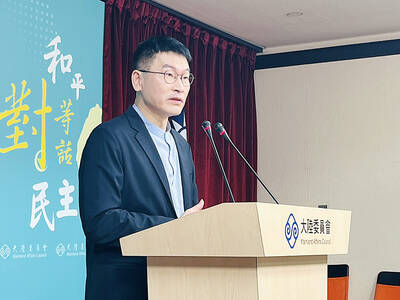
LOW RISK: Most nations do not extradite people accused of political crimes, and the UN says extradition can only happen if the act is a crime in both countries, an official said China yesterday issued wanted notices for two Taiwanese influencers, accusing them of committing “separatist acts” by criticizing Beijing, amid broadening concerns over China’s state-directed transnational repression. The Quanzhou Public Security Bureau in a notice posted online said police are offering a reward of up to 25,000 yuan (US$3,523) for information that could contribute to the investigation or apprehension of pro-Taiwanese independence YouTuber Wen Tzu-yu (溫子渝),who is known as Pa Chiung (八炯) online, and rapper Chen Po-yuan (陳柏源). Wen and Chen are suspected of spreading content that supported secession from China, slandered Chinese policies that benefit Taiwanese and discrimination against Chinese spouses of
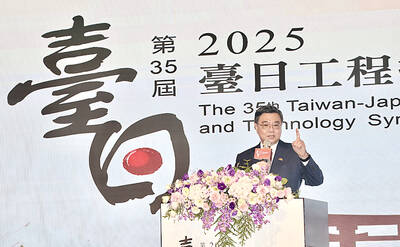
ALIGNED THINKING: Taiwan and Japan have a mutual interest in trade, culture and engineering, and can work together for stability, Cho Jung-tai said Taiwan and Japan are two like-minded countries willing to work together to form a “safety barrier” in the Indo-Pacific region, Premier Cho Jung-tai (卓榮泰) yesterday said at the opening ceremony of the 35th Taiwan-Japan Modern Engineering and Technology Symposium in Taipei. Taiwan and Japan are close geographically and closer emotionally, he added. Citing the overflowing of a barrier lake in the Mataian River (馬太鞍溪) in September, Cho said the submersible water level sensors given by Japan during the disaster helped Taiwan monitor the lake’s water levels more accurately. Japan also provided a lot of vaccines early in the outbreak of the COVID-19 pandemic,
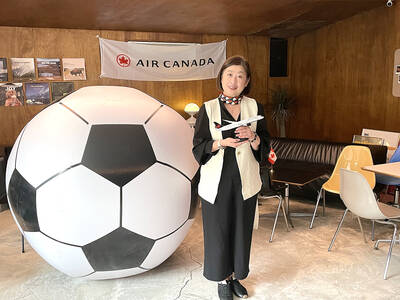
PROMOTION: Travelers who want a free stopover must book their flights with designated travel agents, such as Lion Travel, Holiday Tours, Cola Tour and Life Tours Air Canada yesterday said it is offering Taiwanese travelers who are headed to North America free stopovers if they transit though airports in Japan and South Korea. The promotion was launched in response to a potential rise in demand for flights to North America in June and July next year, when the US, Canada and Mexico are scheduled to jointly host the FIFA World Cup, Air Canada said. Air Canada offers services to 13 of the 16 host cities of the tournament’s soccer games, including Toronto and Vancouver; Mexico City, Guadalajara and Monterrey in Mexico; Atlanta, Georgia; Boston; Dallas; Houston;
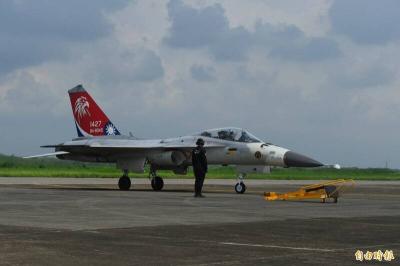
The US approved the possible sale to Taiwan of fighter jet spare and repair parts for US$330 million, the Pentagon said late yesterday, marking the first such potential transaction since US President Donald Trump took office in January. "The proposed sale will improve the recipient's capability to meet current and future threats by maintaining the operational readiness of the recipient's fleet of F-16, C-130," and other aircraft, the Pentagon said in a statement. Trump previously said that Chinese President Xi Jinping (習近平) has told him he would not invade Taiwan while the Republican leader is in office. The announcement of the possible arms